
Tongli wet ball mill is a kind of equipment used for grinding ore and other materials. During the ball milling process, an appropriate amount of water or other liquid is added to improve the grinding efficiency and product quality. The wet ball mill is a horizontal cylindrical rotating device, with an outer gear transmission, two bins, and a grid-type ball mill. The ball mill consists of a feeding part, a discharging part, a rotating part, and a transmission part (reducer, small transmission gear, motor, and electronic control). The wet grinding material is mixed with water and ground together, and the grinding product is a slurry. During wet grinding, the material is easy to flow, and the water can wash away the fine particles in time to prevent over-crushing. In addition, water and the surfactant dissolved in the water penetrate into the micro cracks of the material, which helps to finely grind the material. Therefore, wet grinding has higher production capacity and lower unit power consumption than dry grinding, but the grinding ball loss is higher.


Efficient Wet Ball Mill Grinding Solution
A MACHINE YOU CAN DEPEND ON!
The wet ball mill produced by Tongli Company adopts the optimized configuration of high manganese liner and uses the special lubricating oil for bearings that matches the wet ball mill. It has a wide range of processed materials, higher production capacity than dry grinding, and lower unit power consumption.
The wet ball mill is often equipped with wear-resistant lining and steel balls. The selection of lining and steel balls usually depends on the nature of the material and the grinding requirements.
Tongli wet ball mill needs to be equipped with an effective drainage system to remove excess water generated during the grinding process and maintain the normal operation of the equipment.
Tongli wet ball mill is equipped with an automatic control system, which can perform remote monitoring, automatic adjustment and fault diagnosis, improving the convenience and safety of operation.
| Specification | Production Capacity (t/h) | Disk Speed (r/min) | Main Motor Power (kw) | Inclination Angle (°) | Weight (kg) | Disk Edge Height (mm) |
| Ф1800 | 300 | 3 | 19 | 5.5 | 45~50 | 2240 |
| Ф2200 | 500 | 8 | 14.25 | 7.5 | 35~55 | 3150 |
| Ф2500 | 500 | 10 | 11.81 | 11 | 35~55 | 4910 |
| Ф2800 | 640 | 16 | 11.14 | 11 | 35~55 | 5660 |
| Ф3200 | 640 | 17 | 11.18 | 15 | 35~55 | 6520 |
| Ф3600 | 700 | 33 | 12 | 18.5 | 45~55 | 7120 |
| Ф4200 | 950 | 33 | 7 | 30 | 45~55 | 9672 |
The feed inlet of a wet ball mill receives raw materials, which are typically ores, ceramic materials, or other substances that need to be ground. To enhance the grinding effect, an appropriate amount of water or other liquids is usually added during the feeding process. The ball mill contains a certain quantity of grinding media (such as steel balls or ceramic balls). These grinding media rotate along with the material inside the device. The quality and size of the grinding media affect the grinding efficiency and the fineness of the final product.
The cylinder of the wet ball mill rotates around its horizontal axis. This rotation causes the grinding media and the material to rotate together, exerting impact and friction forces on the material. During the rotation, the grinding media continuously apply pressure to the material, causing it to break and grind. The liquid in the system acts as a lubricant and coolant, helping to disperse the material and separate the particles.
After a certain period of grinding, the material is ground to the desired particle size. The fine material inside the mill is discharged through the discharge port. After screening and classification processing, products that meet the required specifications are obtained.
Selecting the appropriate size and material of the grinding media can significantly improve grinding efficiency and reduce energy consumption. Increasing the filling amount of grinding media, while ensuring the safety of the equipment, can enhance the grinding capacity per unit time. Appropriately increasing the rotation speed of the ball mill can boost the movement speed of the grinding media, thus improving grinding efficiency. However, it's essential to avoid excessively high speeds that could cause excessive wear and vibration.
Controlling the feed amount and speed to stay within the optimal range can prevent overload or underload situations that may impact production efficiency. Regular inspection and maintenance of the wet ball mill, including the replacement of worn-out parts, ensure that the equipment operates in its best condition. Maintaining the equipment's cleanliness and proper lubrication reduces friction loss and improves operational efficiency.
Adjusting the amount of liquid in the wet ball mill according to the material properties and grinding requirements can optimize the grinding effect. Additionally, replacing or optimizing the liner materials inside the cylinder can reduce wear on the grinding media and materials, thereby enhancing grinding efficiency.
During regular maintenance, monitor the equipment's operating sound and vibrations to ensure smooth operation. Periodically clean the inside of the ball mill to prevent buildup and blockages. Keep the exterior clean to avoid dust and debris from entering. Ensure adequate lubrication oil levels and regularly check its quality and level. Inspect grinding media, cylinder liners, gears, and bearings for wear, and replace parts that are severely worn.
Check the tightness of all connecting components, ensuring bolts and nuts are secure to prevent malfunctions. Keep detailed records of each maintenance activity, including parts replaced, inspection details, and any issues found. Record the equipment's operating hours and maintenance history for future management. Use high-quality lubrication oils, wear parts, and spare parts to enhance reliability and operational efficiency.
Regularly clean the ball mill's interior to prevent buildup and blockages. Maintain the exterior cleanliness to prevent dust and debris from entering the equipment. Ensure sufficient lubrication oil levels and check its quality and level regularly. Inspect grinding media, cylinder liners, gears, and bearings for wear, replacing severely worn parts as needed.
Metal Ore Grinding: Suitable for grinding metal ores such as iron ore, copper ore, and bauxite. The wet ball mill effectively grinds these ores, enhancing the efficiency of subsequent mineral separation processes.
Non-metallic Minerals: Used for grinding non-metallic minerals like limestone, fluorite, and bentonite, which are essential for producing building materials or other industrial raw materials.
Pigments and Dyes: The wet ball mill is utilized for grinding pigments and dyes to achieve the required fineness and uniformity.
Chemicals: Applied in the production of catalysts, pharmaceutical intermediates, and other chemicals, the wet ball mill helps improve material uniformity and reactivity.
Ceramic Raw Materials: Suitable for grinding raw materials such as feldspar, quartz, and clay, which are used to prepare ceramic glazes and porcelain clay. The wet ball mill ensures these materials reach a fine and uniform state.
Cement Production: Used in the grinding of raw materials for cement to improve the fineness and strength of the cement.
Concrete Additives: Applied in the production of mineral powder and admixtures to enhance the performance of concrete.
Food Processing: Utilized for grinding food items such as chocolate and coffee powder to achieve uniform particle size and better taste.
Pharmaceutical Industry: Used for the crushing and mixing of drugs, ensuring the consistency and efficacy of pharmaceutical products.
Waste Recycling: The wet ball mill can be used to recover valuable components from waste materials, such as non-ferrous metals from waste ore.
Sewage Treatment: Applied in the treatment of sludge and other wastes to reduce particle size, facilitating subsequent processing and disposal.
Severe wear of grinding media, foreign objects inside the equipment, and loose or damaged mechanical components can lead to excessive operating noise. It is important to regularly inspect the wear condition of the grinding media and replace them promptly. Clean the inside of the equipment to ensure smooth operation. Check the tightness of mechanical components and repair or replace any damaged parts.
Overloaded operation or continuous long-term work, insufficient lubrication or cooling system failures, and high ambient temperatures can cause the equipment to overheat. Avoid overloading the equipment and schedule reasonable working hours. Inspect and maintain the lubrication and cooling systems to ensure they function correctly. Ensure proper ventilation and cooling in the working environment.
Damaged or aged seals can cause liquid spills or leaks. Regularly inspect and replace seals to prevent leaks and ensure the integrity of the equipment.
High Temperature: High temperature environments can cause the equipment to overheat, degrade lubrication oils or greases, and increase mechanical wear and energy consumption. It is crucial to enhance the maintenance of the cooling system to ensure the equipment operates within the appropriate temperature range. Use lubricants and coolants suitable for high-temperature environments.
High Humidity: High humidity can lead to rusting of equipment components, especially metal parts, increasing the risk of corrosion and affecting the stability and lifespan of the equipment. Regularly inspect and maintain anti-rust measures, such as applying anti-rust oil. Ensure proper ventilation and dryness of the equipment to minimize the impact of moisture. Utilize moisture-resistant materials and covers to reduce moisture infiltration.
Precipitation: Rainfall can cause the external parts of the equipment to get damp, increasing the risk of corrosion and electrical system failures. Ensure that the equipment's roof or rain protection measures are in good condition to avoid direct exposure to rain. Adopting appropriate preventive and maintenance measures for different climate environments can effectively reduce the impact on the wet ball mill, enhancing its stability and lifespan. Regular inspection and proper equipment maintenance are key to mitigating the effects of climate conditions.
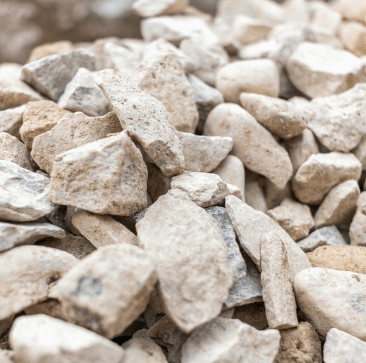
Used in batteries and lubricants, ball mills can grind it into extremely fine powder to improve conductivity.

Important raw material for fertilizer production, ball mills can improve its solubility and utilization rate.
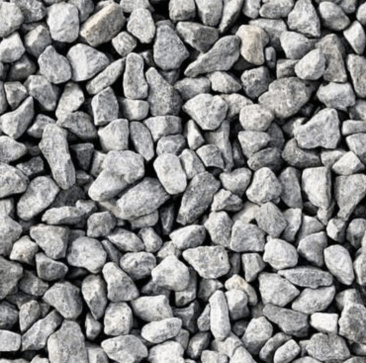
Important mineral for making refractory materials and aluminum, ball mills can improve its purity.
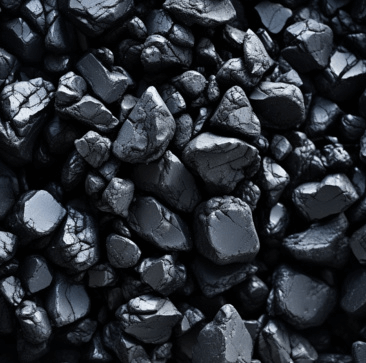
Raw material for lithium batteries, ball mills can grind it finely to improve lithium extraction efficiency.
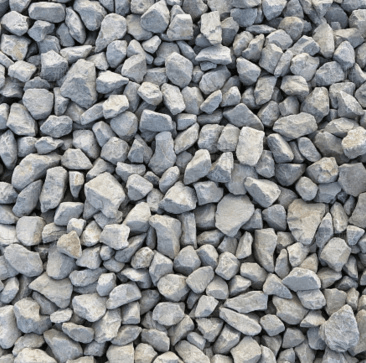
Mineral raw material for extracting titanium, ball mills can enhance its reaction efficiency.

Raw material for making stainless steel and alloys, ball mills can improve extraction efficiency.
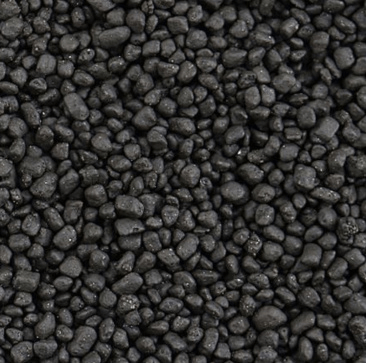
Important raw material for making hard alloys, ball mills can improve refining effects after grinding.
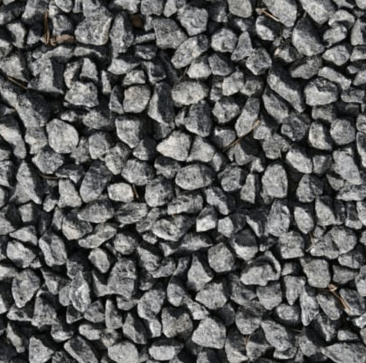
Widely used in electrical insulation materials, ball mills can grind it finely and purify it to improve product quality.
You can get in touch with us through the following contact information
AddressNo. 2289 Huancheng South Road, Tongxiang, Jiaxing, Zhejiang Province, China. Zip code:314500
Please fill in the sales inquiry form and our sales representatives will be in touch shortly.